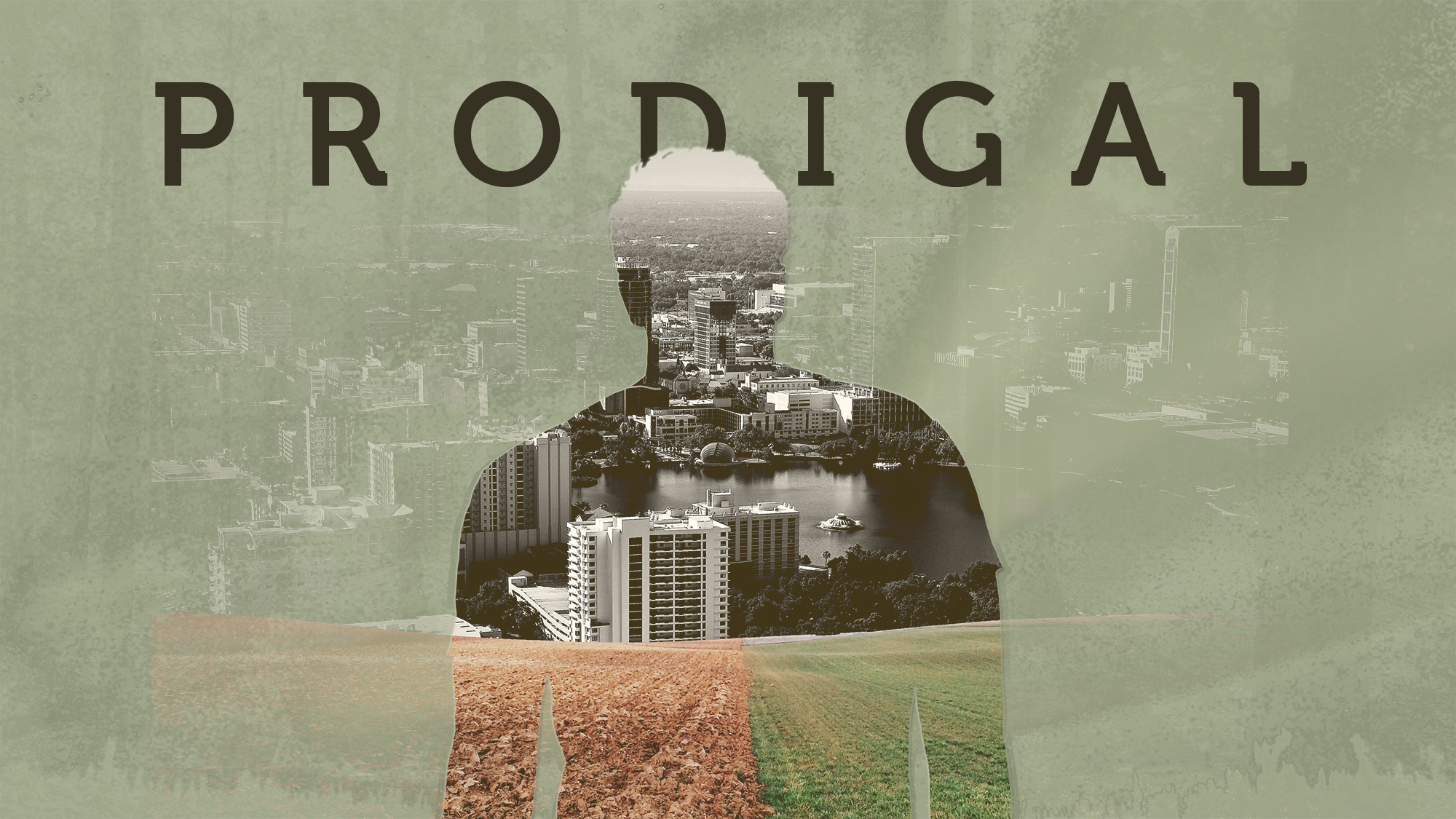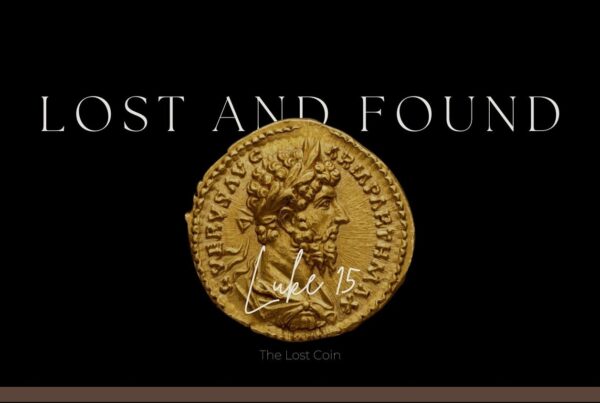Bible Study: The Prodigal Son – A Story of Mercy and Restoration
Text: Luke 15:11–32 (NKJV)
Title: “The Love of the Father for Both the Faithful and the Fallen”
Introduction:
The parable of the Prodigal Son is one of the most powerful illustrations of God’s mercy, forgiveness, and desire for relationship with humanity. Spoken by Jesus in Luke 15, this story resonates deeply within the Apostolic Pentecostal faith, showing not only the devastating effects of sin, but also the glorious restoration available through repentance.
This lesson reveals God as our loving Father, and us—His children—as people with the free will to either live in His presence or walk away. It reminds us that no matter how far we’ve strayed, the Father is always waiting with open arms. And just as importantly, it speaks to those who have never left, warning them not to grow self-righteous or lose compassion.
Body: A Verse-by-Verse Breakdown
The Father Represents God (v.11)
“A certain man had two sons…”
This “certain man” represents God, the eternal Father who gives life, love, and freedom to His children. In His love, He allows us to choose whether to stay close or walk away.
The Son Represents Humanity and Free Will (v.12–13)
“Father, give me the portion of goods that falls to me…”
The younger son symbolizes humanity. We were created with free will, and like this son, we often want God’s blessings without relationship or accountability. When we choose sin over obedience, we walk away from the Father.
The Far Country Represents Separation from God (v.13)
“…journeyed to a far country…”
The “far country” is symbolic of being spiritually distant from God. It’s not a physical location—it’s the condition of a heart that has chosen sin and independence over intimacy with the Father.
Wasted Living Shows Sin’s Deceptive Nature (v.13–14)
“…wasted his possessions with prodigal living.”
Sin always promises satisfaction, but it robs and depletes. It feels good temporarily, but leaves us empty. Like the son, people often don’t realize until after the damage is done that sin leads to conviction, shame, and loss.
The Pig Pen Represents Uncleanness and Rock Bottom (v.15–16)
“He would gladly have filled his stomach with the pods that the swine ate…”
To a Jewish audience, pigs were unclean animals. This son, feeding pigs and envying their food, had reached rock bottom—a symbol of the spiritual filth and emptiness that sin eventually brings.
“Came to Himself” Represents Conviction (v.17)
“But when he came to himself…”
This is the moment of conviction—when the sinner realizes their lost state. It’s the Holy Ghost drawing the heart, leading to awareness of sin and the need to change. He plans to confess his sin, which reflects the heart posture of true repentance.
Returning Home Represents Repentance (v.18–20)
“I will arise and go to my father…”
This return symbolizes the act of repentance, especially for the backslider. Apostolic Pentecostals believe that God is always calling people back through conviction and grace, and when someone responds, God receives them with joy.
The Father Running Shows God’s Mercy (v.20)
“…his father saw him and had compassion, and ran…”
The Father didn’t wait for the son to arrive—He ran to meet him. This shows God’s eagerness to forgive and restore. His mercy is not delayed; it meets us as soon as we turn toward Him with a sincere heart.
The Robe: Covering of Righteousness (v.22)
“Bring out the best robe…”
This represents God covering us with righteousness. Just as sin exposed and stripped the son, now the Father clothes him again, symbolizing forgiveness and being made right with God.
The Ring: Identity Restored (v.22)
“…and put a ring on his hand…”
In ancient culture, a ring represented authority and sonship. The son wasn’t treated as a servant—he was fully restored as a child of the Father. Likewise, when we repent, we regain our identity in Christ.
The Shoes: A New Walk (v.22)
“…and sandals on his feet…”
Shoes represent a new direction. Servants often went barefoot, but sons had shoes. Now restored, the son is not just forgiven—he’s given a new walk and purpose in the Father’s house.
The Elder Brother: Self-Righteousness (v.25–30)
“Lo, these many years I have been serving you…”
The elder brother reflects the self-righteous—those who may have stayed in the Father’s house but lost compassion. Some grow up in church and forget the mercy they were shown. This is a warning against spiritual pride.
God Loves Both the Faithful and the Fallen (v.31–32)
“Son, you are always with me… it was right that we should make merry and be glad…”
God celebrates repentance and restoration. He doesn’t choose between the faithful and the fallen—He loves both, and wants both to remain in the house. The Father corrected the elder brother with love, just as He welcomed the younger one home.
Conclusion: A Call to Repentance and Compassion
The parable of the Prodigal Son is not just a story—it is a reflection of God’s heart toward His children. Whether you’ve been in church your whole life, or have wandered far into a “far country,” this message is for you:
God allows you to choose, but never stops loving you.
If you’ve fallen into sin, you can come back—just like the prodigal son.
If you’ve remained faithful, stay humble and compassionate.
Restoration is not partial—it’s complete, full of mercy, identity, and purpose.
“For the Son of Man has come to seek and to save that which was lost.” (Luke 19:10, NKJV)




